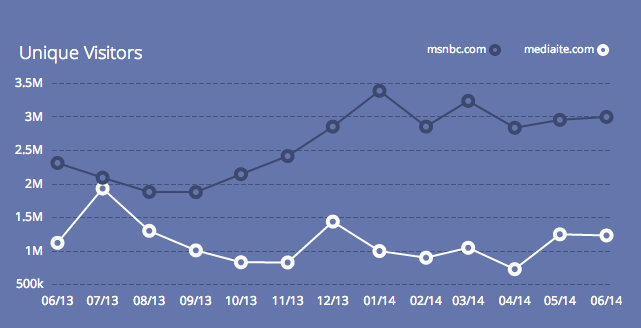Kind of a quiet day on Friday. The Ed Show took the best hour and Hannity took best day, both on with lower than usual numbers.
Random notes:
Realtime with Bill Maher is off for its summer hiatus. But, amusingly, he still got more mentions, during the day, than many shows that were on the air. This shows the advantage and difficulty of Twitter statistics: personalities have lives outside of their shows, and it’s nearly impossible to tease apart tweets that are specifically in reaction to a show and those that are more broad-based. This is why, for example, Hannity almost always wins the best day — his hours of radio broadcasting adds thousands of mentions to his timeline even if they have nothing to do with his Fox News show.
I tend to focus on the “best hour” winners because those are shows that got the most mentions while they were on the air, which I think are a lot more relevant. Only when a show wins best day that rarely gets high daily numbers do I call it out. Normally, though, best day measures someone’s overall popularity within and outside of the confines of their cable news show.
How do you interpret the Twitter ratings vis-à-vis broadcast ratings? You cannot, really. These statistics measure conversations on Twitter, which is a sui generis medium. Broadcast ratings measure a completely passive activity, watching. Twitter is an active medium, and the Twitter ratings measure the activity inspired (in part) by viewing a show and, specifically, the topics discussed on a show.
Still, I think there’s untapped potential for using Twitter data for refining shows to achieve higher broadcast ratings. Were I running a show, I would monitor the specific topics that people discuss online and use that as an input (but just an input) into topics to focus on in the future. It wouldn’t be hard to do (from a software standpoint), and it would be sort of like free “dial-testing”…
Continue reading →

